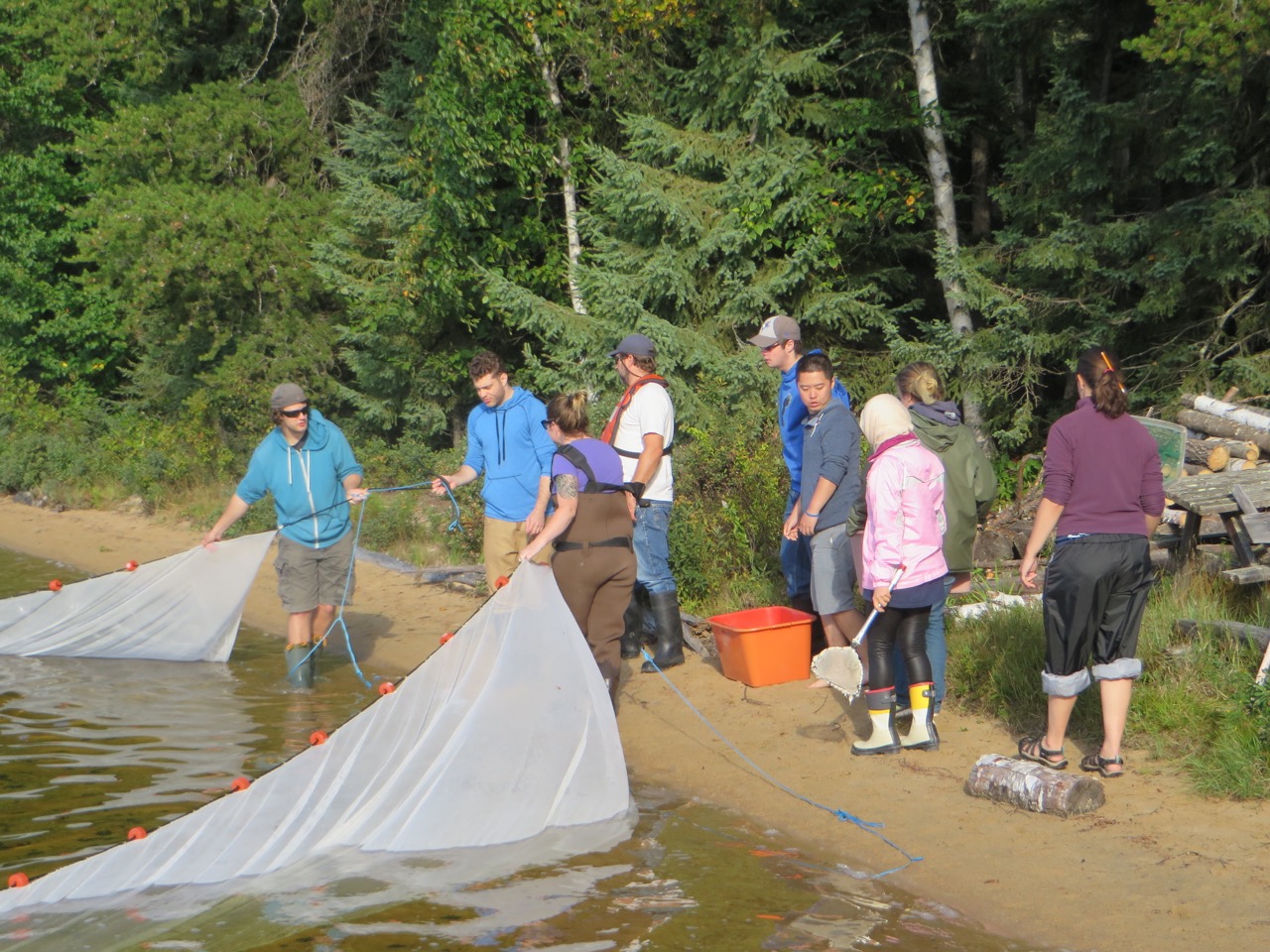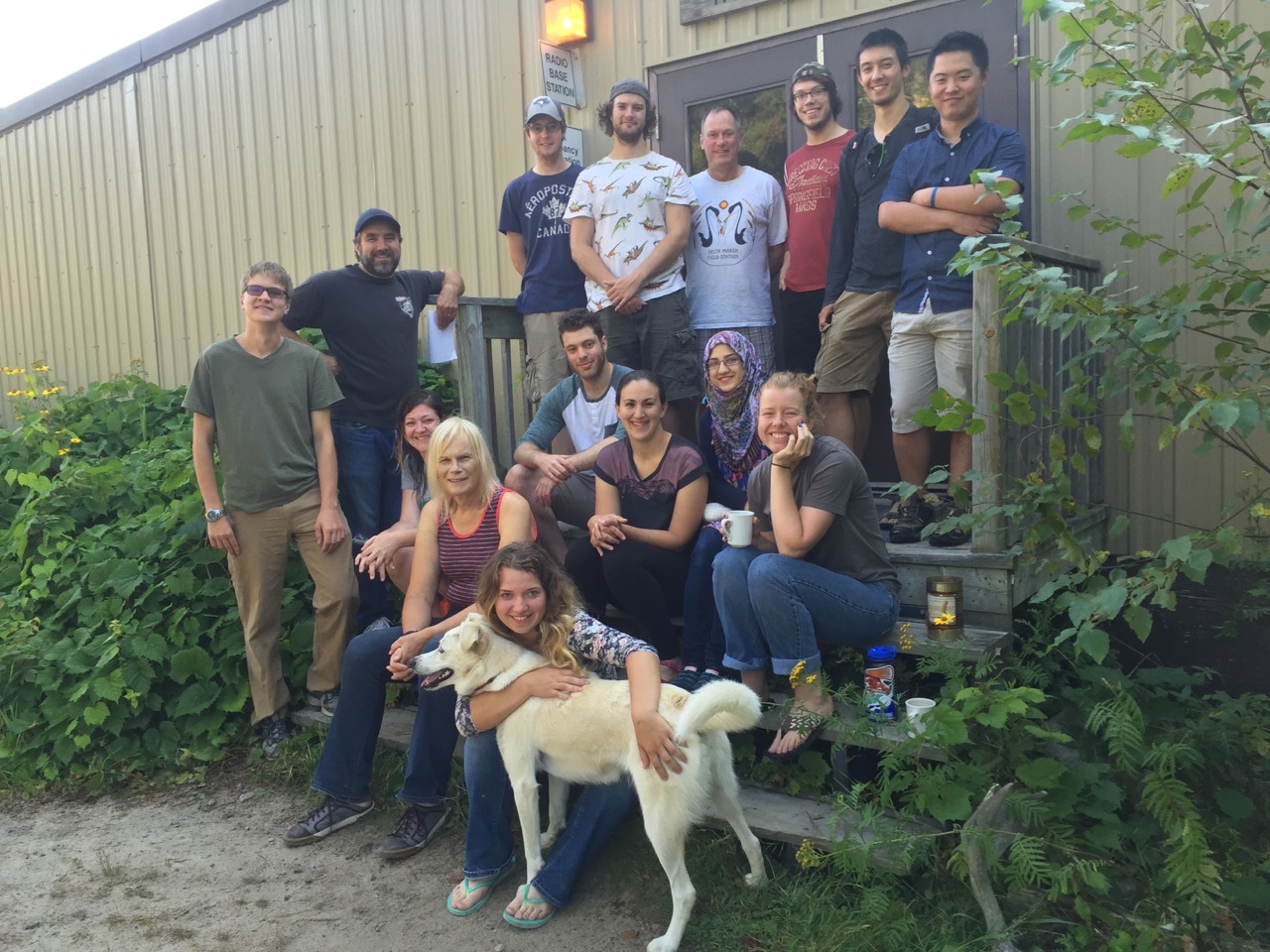News September 9, 2016
2016 Hands-on Undergraduate Field Course Welcomes Double the Students
By Dr. Michael Rennie, Research Fellow
“Wow, that was a nice short protage.”
“A what now?”
“Protage.”
“That’s portage.”
“Haha, thanks Mike!”
Above is just one example of one of the exciting and mind-expanding educational moments in which I was happy to participate during our second annual IISD Experimental Lakes Area (IISD-ELA) field course. It was entitled “Aquatic Ecology and Experimental Limnology,” and was offered through Lakehead University and the Ontario Universities Program in Field Biology.
IISD-ELA’s educational outreach continues to expand, and this year’s undergraduate field course was no exception. This year we were thrilled to double our number of students to 12, and welcome students from Lakehead, Guelph, Waterloo Universities, as well as from the University of Winnipeg and the University of Manitoba.
As always, the course kicked off with some vital orientation of the IISD-ELA site. We then got straight to work, launching into brief pre-planned presentations from each student, this year focusing on the theme of “Emerging Contaminants and Environmental Technologies,” which gets students thinking right away and makes for an all-important group icebreaker.

One of the offerings of IISD-ELA is a unique, hand-on experience, and no aquatic ecology field course would be complete without getting a bit wet. The course allows the students to get their hands dirty, through real-world sampling, using the sampling gear that IISD-ELA researchers would use. We collected samples, and then went through all the sorting and counting that so many limnologists do every day around the world.
Throughout the course, the field work goes hand in hand with lectures from the instructors (me, Dr. Joe Carney and Emma Lehmberg of Lakehead University and all of the IISD-ELA scientists) that explain the IISD-ELA whole-ecosystem approach to limnology, and provide essential context for the samples they are collecting and sorting.
We were also lucky this year to be able to incorporate a guest seminar from Dr. Robert Hecky and Dr. Stephanie Guildford, both emeritus professors at the Large Lakes Observatory at the University of Minnesota Duluth who were visiting the site during the field course.
We want the students to feel a sense of accomplishment and produce their own research results during the two-week course, so it ended with each of the students proposing a research project, and over the course of only three days, they collected their data, analyzed it and presented it on the last afternoon. It’s really quite astounding what students can achieve over such a short time period.
Their final papers are due in just less than a month, and if the presentations were any indication, I look very much forward to reading them. Roll on next year!
This year’s undergraduate students pose with Dr. Michael Rennie outside Hungry Hall.
